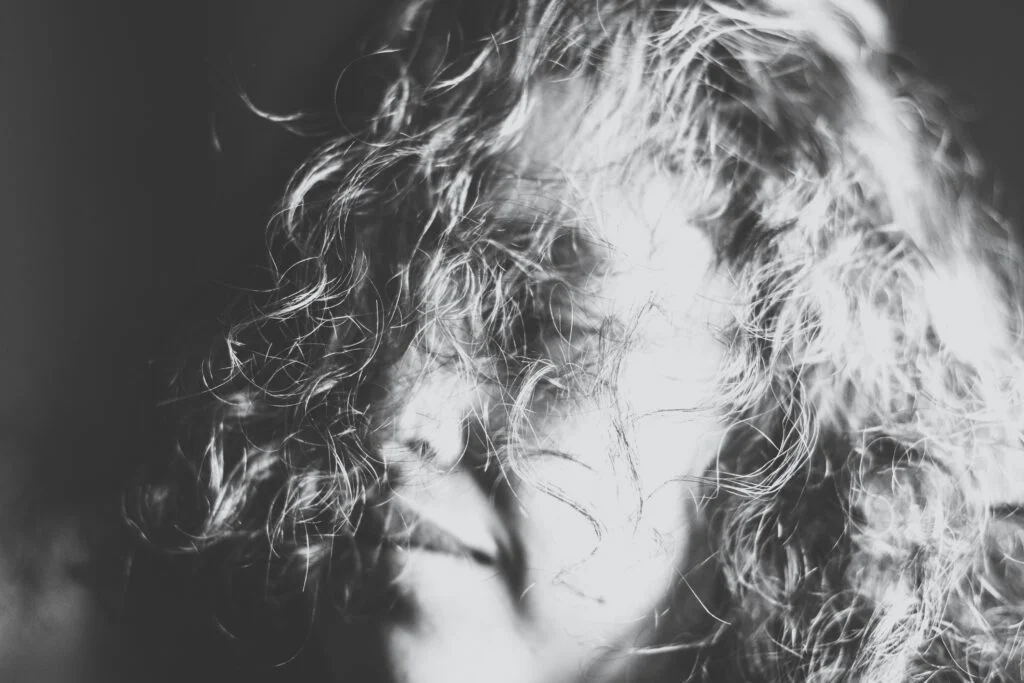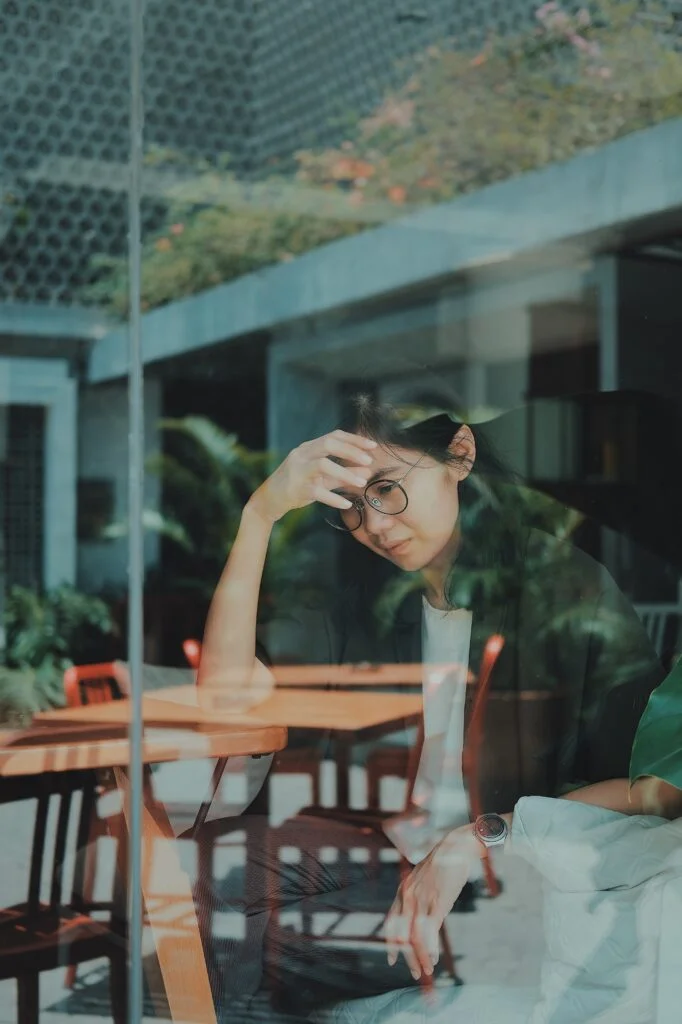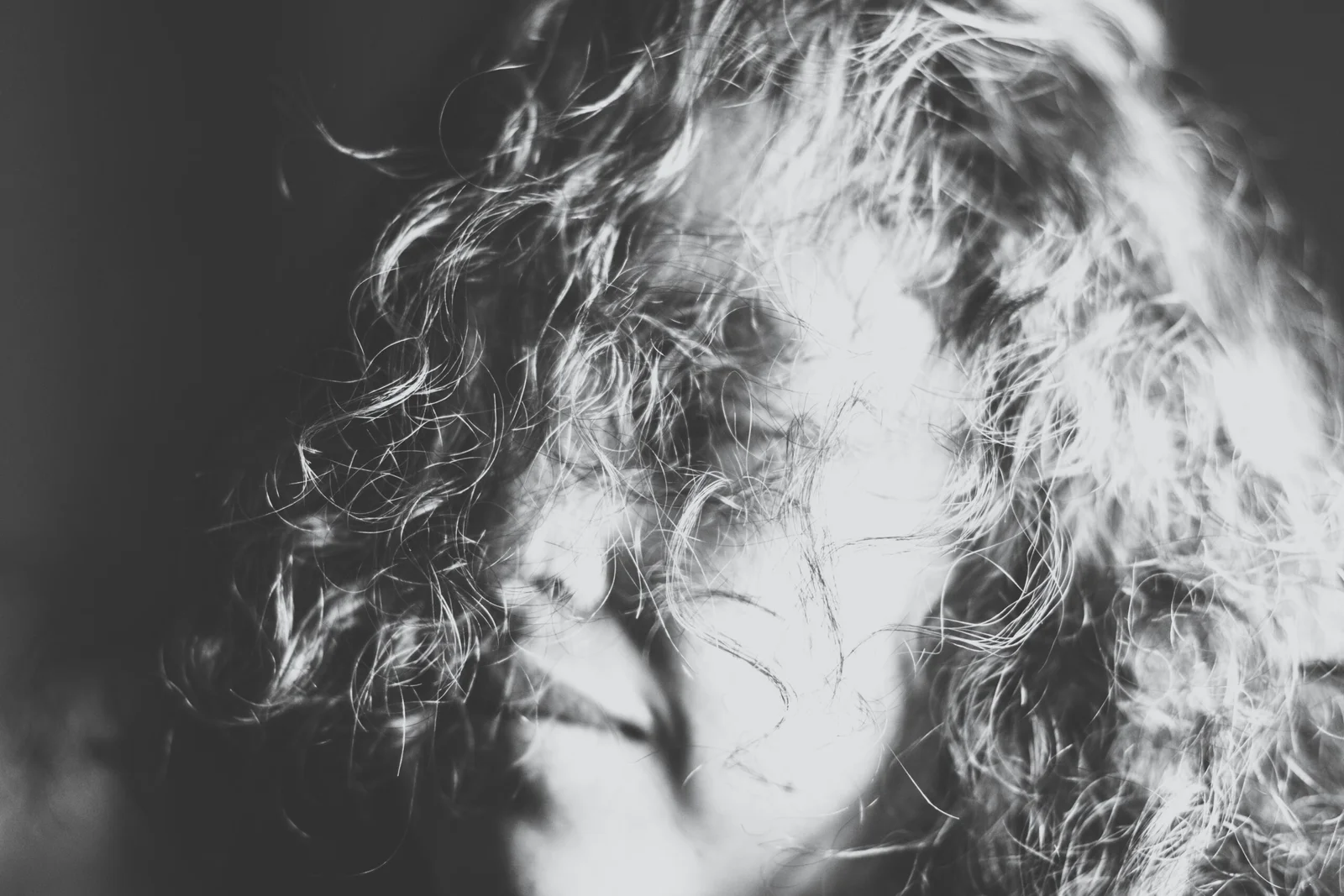Feeling down? Believe it or not, the colors around us can have a powerful impact on our emotions and mental state. In this article, we explore the fascinating world of color psychology and its potential to alleviate symptoms of depression. From soothing blues to vibrant yellows, we uncover the shades that may just hold the key to lifting our spirits and brightening our outlook. Discover how a simple change in color can make a world of difference in our battle against the blues.
What Color Helps Depression?
Table of Contents
Understanding Depression
Depression is a complex mental health condition that affects millions of people worldwide. It is more than just experiencing temporary feelings of sadness or low energy—it is a prolonged state of deep sadness and loss of interest in activities once enjoyed. Depression can significantly impact a person’s daily life, relationships, and overall well-being.
Definition of Depression
Depression is commonly defined as a mood disorder characterized by persistent feelings of sadness, hopelessness, and a general lack of interest or pleasure in life. It goes beyond the ordinary ups and downs that everyone experiences and can manifest as physical symptoms such as changes in appetite, sleep disturbances, and low energy levels. It is important to note that depression is a medical condition that requires professional help and treatment.
Causes of Depression
The causes of depression are multifaceted and can vary from person to person. While there is no single cause for depression, several factors can contribute to its development. Biological factors such as genetics, brain chemistry, and hormonal imbalances can play a role. Additionally, life events such as trauma, loss, or chronic stress can trigger or exacerbate depressive symptoms. Certain personality traits, such as low self-esteem or a pessimistic outlook on life, may also make individuals more susceptible to depression.
Symptoms of Depression
Depression can present differently in each individual; however, there are common symptoms to watch out for. These include persistent feelings of sadness or emptiness, a loss of interest in activities that were once enjoyable, changes in appetite or weight, sleep disturbances, fatigue or lack of energy, difficulty concentrating, feelings of worthlessness or guilt, and even recurring thoughts of death or suicide. It is crucial to recognize these symptoms and seek professional help if you or someone you know may be experiencing depression.
The Role of Color in Mental Health
Colors have a profound impact on our emotions and can influence our mental well-being. The field of color psychology explores how different hues can evoke specific feelings and affect our mood. Understanding the psychology of color can provide valuable insights into how color therapy and incorporating positive colors into our environment can contribute to mental health.
Psychology of Color
The psychology of color investigates how different colors evoke emotional responses and influence behavior. Warm colors like red, orange, and yellow are often associated with energy, stimulation, and warmth, while cool colors such as blue, green, and purple are linked to calmness, tranquility, and relaxation. However, individual perceptions and cultural influences can shape these associations, so it is important to consider personal preferences and context when using color therapeutically.
Color Therapy
Color therapy, also known as chromotherapy, is a complementary therapy that utilizes color and light to promote healing and balance in the body and mind. Each color is believed to have unique energy and psychological effects. By incorporating specific colors into our surroundings or using them in therapeutic practices, we can potentially enhance our well-being. It is worth noting that while color therapy can be beneficial, it should not be used as a substitute for professional treatment for depression or other mental health conditions.
Effects of Color on Mood
Colors can elicit a wide range of emotional responses and influence our mood. For instance, warm colors typically evoke feelings of optimism, happiness, and energy. These colors can be particularly helpful in combating the lethargy and lack of motivation that often accompany depression. Similarly, cool colors tend to induce feelings of calmness, serenity, and relaxation. They may provide a soothing and tranquil environment, creating a sense of stability and emotional balance.

Colors that Promote Positivity
Certain colors have been shown to have a positive impact on mental health and can be used intentionally to uplift mood and promote well-being. Let’s explore some of these colors and how they can be incorporated into our lives.
Warm Colors
Warm colors, including red, orange, and yellow, are associated with energy, optimism, and vitality. Incorporating these hues into our surroundings or personal style can evoke feelings of warmth and positivity. Red, for instance, is a powerful color known to stimulate energy and increase confidence. Orange, on the other hand, is often associated with creativity and enthusiasm. Yellow, reminiscent of sunshine, can boost mood and create a vibrant atmosphere.
Bright Colors
Bright colors, regardless of their specific hue, have a naturally uplifting effect on mood. Vibrant shades like electric blue, lime green, and hot pink can inject positivity and vitality into our environment. These colors can be used in home decor, clothing choices, or even in creative projects to add a lively touch to our lives. Bright colors have the power to instantly elevate mood and inspire optimism.
Yellow
Yellow is often hailed as the color of happiness and positivity. Its sunny disposition can create a sense of joy and warmth. Incorporating yellow into our environment through decor or clothing choices can help combat feelings of sadness and promote a more cheerful outlook. A splash of yellow in a room or a pop of yellow in an outfit can make a significant difference in brightening our day.
Orange
Orange, with its energetic and enthusiastic nature, is another color that can boost mood and promote positivity. It stimulates both physical and mental energy, making it an ideal color to combat feelings of fatigue and apathy. Incorporating orange accents in our surroundings or opting for clothing with orange undertones can invigorate us, encouraging a more optimistic mindset.
Pink
Pink is often associated with feelings of love, compassion, and nurturing. Its soft and soothing nature can create a calming effect and promote a sense of well-being. Pink can be incorporated into our environment through decor, clothing, or even as a calming background color on digital devices. Surrounding ourselves with shades of pink can help create a harmonious and comforting atmosphere.
Calm and Soothing Colors
While warm and bright colors can promote positivity, calm and soothing colors are equally important for mental well-being. These colors offer a sense of tranquility and can help alleviate stress and anxiety. Let’s explore some of the cool colors known for their calming effects.
Cool Colors
Cool colors, including blue, green, and purple, are often associated with serenity, relaxation, and a sense of calm. They are known to be soothing to the mind and can create a peaceful environment. Whether used in home decor, clothing choices, or even in meditation spaces, cool colors can instill a sense of tranquility and help achieve a more balanced emotional state.
Blue
Blue, often associated with the calming presence of the ocean and sky, has a serene and peaceful effect on our emotions. It is known to lower blood pressure, heart rate, and reduce anxiety. Incorporating shades of blue into our surroundings can create a sense of calm and stability, making it an excellent choice for bedrooms or areas where relaxation is essential.
Green
Green, the color of nature, represents growth, harmony, and renewal. It has a calming and refreshing effect on the mind, relieving stress and promoting balance. Surrounding ourselves with shades of green, whether through houseplants, nature-inspired decor, or spending time in outdoor settings, can help create a soothing and rejuvenating atmosphere.
Purple
Purple, a color often associated with spirituality and mindfulness, has an introspective and calming presence. It promotes a sense of tranquility and can assist in mental and emotional balance. Incorporating shades of purple through decor, clothing, or even in personal items like scented candles or pillows, can create a serene and peaceful ambiance, promoting overall well-being.

The Healing Power of Nature-inspired Colors
Drawing inspiration from the natural world, earth tones encompass a range of colors that can evoke a sense of grounding, stability, and connection to nature. These hues can provide a calming effect and support mental well-being.
Earth Tones
Earth tones, including brown, beige, and neutral shades, reflect the colors found in the natural environment. They evoke a sense of warmth, stability, and reliability. These colors can create a comforting atmosphere, bringing us closer to nature and promoting a soothing and grounded state of mind.
Brown
Brown, reminiscent of earth and wood, is a color that represents stability, security, and warmth. It has a grounding effect on our emotions and can provide a sense of comfort and reassurance. Incorporating brown into our surroundings through furniture, fabrics, or natural materials can create a cozy and nurturing environment that helps combat feelings of unease and promotes a sense of safety.
Beige
Beige, a soft and muted color, represents simplicity, calmness, and neutrality. It has a soothing effect on our emotions, encouraging a sense of relaxation and tranquility. The minimalist and understated nature of beige can create a sense of order and harmony around us. Using beige in decor or clothing can contribute to a serene environment that promotes mental clarity and calmness.
Neutral Shades
Neutral shades, including various tones of grey, taupe, and ivory, provide a versatile backdrop for a calm and peaceful environment. These muted colors can create a serene and unobtrusive atmosphere, allowing other elements to shine. Blending various neutral shades can help create a harmonious and balanced space that supports mental well-being.
Gray
Gray, often associated with stability and sophistication, can have a calming and introspective effect. It provides a neutral background that can help reduce visual clutter and create a serene environment. Gray can be used as a versatile choice for wall colors, furniture, or accessories, allowing other colors to pop while maintaining a calming atmosphere.
Individual Color Preferences
While certain colors have a general impact on mood and well-being, individual color preferences play an essential role in determining their effect on individuals. Personal associations, cultural influences, and even past experiences with specific colors can shape our perception and emotional response to them.
Personal Associations with Color
Each person has a unique set of personal associations with colors based on their experiences, memories, and cultural background. For example, while red may generally be associated with energy and passion, an individual may have a personal association with it that differs due to a particular event or memory. Understanding our personal associations with colors can help us identify which hues have a positive or negative effect on our well-being.
Cultural Influences on Color Perception
Colors hold significant cultural symbolism and meaning, influencing how they are perceived and experienced by different communities. For example, while white may represent purity and innocence in one culture, it may symbolize mourning or sadness in another. Recognizing cultural influences on color perception can increase our awareness of how colors impact our mental health and enable us to consider a broader range of hues.
Impact of Personal Preference
Personal preference plays a vital role in utilizing the healing power of colors. While certain colors may generally be associated with positivity or calmness, it is essential to consider individual preferences and choose colors that resonate with us personally. Experimenting with different colors and observing their effects on our mood can help us identify the colors that have a positive impact on our mental well-being.

Avoiding Colors That May Worsen Depression
While colors can have a positive impact on mental health, some colors may exacerbate depressive symptoms. It is crucial to be mindful of certain color choices to avoid inadvertently worsening our emotional state.
Dull or Muted Colors
Dull or muted colors, characterized by low saturation and brightness, can evoke feelings of sadness or melancholy. These colors lack the vibrancy and energy that can help uplift mood. While neutral tones and earth tones can create a soothing atmosphere, opting for colors with a slightly higher saturation and vibrancy may have a more positive impact on mental well-being.
Gray and Black
While gray can have a calming effect, excessive use of this color, particularly in combination with black, may contribute to feelings of sadness or gloom. These colors are often associated with a sense of heaviness or darkness. It is important to strike a balance and pair gray or black with uplifting or vibrant colors to avoid a visually monotonous environment that may exacerbate depressive symptoms.
Red
Although red can be a powerful and energetic color, it can also trigger intense emotions and activate the fight-or-flight response. For individuals prone to anxiety or agitation, excessive exposure to red may increase stress levels. While a touch of red can provide a stimulating effect, it is crucial to use it sparingly and balance it with calming colors to avoid overwhelming emotions.
Unpleasant Color Combinations
Choosing color combinations that clash or are visually jarring can cause discomfort and agitation. Unpleasant color combinations can create visual stress and negatively impact our mood. It is advisable to opt for harmonious color palettes that provide a sense of balance and coherence. Experimenting with different color combinations and observing the emotional response they evoke can guide us in creating visually pleasing and mood-enhancing environments.
Color Combinations for Encouraging Well-being
Using multiple colors strategically and creating harmonious color combinations can maximize the positive impact on well-being. The interplay between colors can create a visually pleasing and emotionally uplifting environment.
Using Multiple Colors
Incorporating multiple colors in our surroundings or personal style can provide a diverse range of emotional responses. By combining warm and cool colors, we can create a balanced atmosphere that stimulates energy while also promoting relaxation. Experimenting with complementary colors or analogous color schemes can create a harmonious visual experience that supports well-being.
Color Harmony
Color harmony refers to the pleasing arrangement and coordination of colors. By selecting colors that are visually compatible and work well together, we can create an environment that promotes a sense of cohesion and balance. Harmonious color combinations can evoke positive emotions and contribute to a visually appealing and mentally uplifting atmosphere.
Contrasting Colors
Contrasting colors, or colors that are opposite each other on the color wheel, can create a visually striking environment. These combinations can provide a sense of vibrancy and energy. However, it is essential to strike a balance and not overwhelm the space with overly contrasting colors. Pairing contrasting colors with neutral tones or incorporating them as accents can contribute to a visually dynamic environment while maintaining a sense of harmony.

Incorporating Positive Colors in Your Environment
There are several ways to incorporate positive colors into our daily lives and create an environment that supports mental well-being. From home decor to clothing choices, paying attention to color can have a significant impact on our mood.
Home Decor
Incorporating positive colors into our home decor can create a visually pleasing and uplifting environment. Warm colors like orange or yellow can be used in accent pieces such as cushions, curtains, or artwork to infuse energy into a space. Calming colors like blue or green can be used in larger areas like walls or furniture to provide a soothing backdrop. Experimenting with different color palettes and textures can help create a personalized and mood-enhancing living space.
Painting Walls
Choosing the right colors for our walls can dramatically influence the atmosphere of a room. Opting for warm and bright colors in communal areas like the living room or kitchen can create a sense of energy and positivity. In bedrooms, calming colors like cool blues or soft greens can promote relaxation and restful sleep. It is essential to consider personal preferences and the purpose of each room when selecting wall colors to create a harmonious and mood-supportive environment.
Choosing Furniture and Accessories
Furniture and accessories provide an opportunity to introduce pops of color or create a cohesive color scheme. Selecting pieces in positive colors, such as a vibrant yellow couch, or incorporating colorful cushions or rugs, can inject energy and positivity into a space. Additionally, choosing furniture or accessories in calming colors, like a soft blue armchair or green potted plants, can create a tranquil and balanced atmosphere. Balancing color choices throughout the space and considering the overall visual effect can contribute to a more harmonious environment.
Colorful Clothing Choices
The colors we wear can also have an impact on our mood and the way we perceive ourselves. Opting for clothing in positive colors can boost our confidence and lift our spirits. Wearing warm colors like red or orange can help increase energy and enthusiasm, while cool colors like blue or green can create a relaxing and serene effect. Choosing colorful accessories or patterns can also add a playful and uplifting touch to our personal style.
Seeking Professional Advice
While understanding the impact of color on mental health is valuable, it is crucial to remember that professional help is essential for treating and managing depression. Consulting a therapist or mental health professional can provide a comprehensive and personalized approach to addressing depressive symptoms.
Consulting a Therapist
Therapists can offer guidance and support for individuals experiencing depression or other mental health challenges. They can help identify any underlying causes and provide coping strategies to navigate through depressive episodes. Therapists can also provide a safe space for discussing emotions and working through any negative thought patterns that may contribute to depression.
Working with a Color Therapist
Color therapists specialize in using color and light to address mental, emotional, and physical well-being. They can work alongside mental health professionals to incorporate color therapy techniques into treatment plans. Color therapists can offer guidance on how to use color to support mental health, whether in the form of visualization exercises, incorporating specific colors into the environment, or exploring personal associations with colors.
In conclusion, understanding the role of color in mental health and utilizing positive colors can significantly impact our emotional well-being. Warm colors like red and orange can boost energy and positivity, while cool colors like blue and green can promote calmness and relaxation. Earth tones provide grounding and stability, and personal preferences play a crucial role in determining the impact of colors on individuals.
By avoiding colors that may worsen depression and embracing harmonious color combinations, we can create environments that support our mental health. Whether through home decor, personal style choices, or seeking professional advice, color can be a powerful tool in nurturing our well-being.


